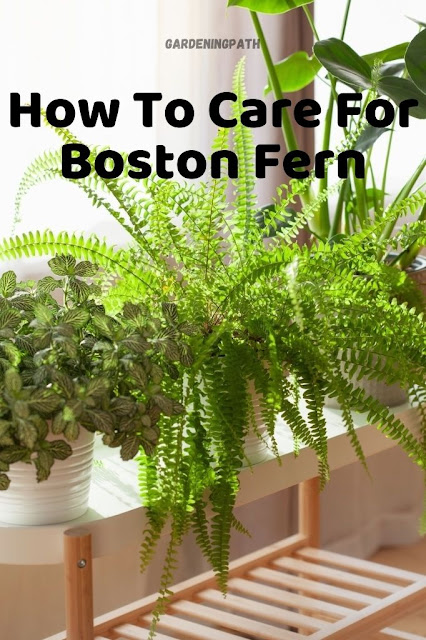How to Grow and Care For Rattlesnake Houseplants
Calatheas are identified for their bold patterned foliage. The leaves of most Calathea varieties fold up slightly during the nighttime, revealing the oftentimes colorful undersides of their striking leaves.
Rattlesnake Plants (Calathea lancifolia) aren't the easiest houseplants to nurture, but, if you give them the care they need, you will be rewarded with an awesome display from their foliage.
This tropical calathea species is native to the rainforests of Brazil and gets its common name from the distinctive decorative markings that are displayed on its leaves.
You can grow this tropical plant outdoors in USDA plant hardiness zones 10 and above. In cooler climates, rattlesnake plants can easily be grown indoors.
The plant can grow up to 30 inches tall, and the large leaves have a variegated pattern with various shades of greens and a wavy pattern along their edges. Even the undersides of the foliage are eye-catching with their beautiful purplish-red tones.
Gorgeous Foliage
Just like most of the other varieties of Calathea plants, the Rattlesnake plant has gorgeous foliage. This is the main reason people choose to grow it in their homes.
The leaves of the Rattlesnake plant are marked with various shades of green. The undersides of the leaves are reddish and purple, which also contributes to the plant’s beauty. The leaves have wavy edges that only emphasize the markings and the beauty of the leaves. Many Rattlesnake leaves have green spots that look like small leaves.
How to Grow and Care For Rattlesnake plants
Rattlesnake plants are not generally considered the best option to add to a beginner's houseplant collection. They have very particular requirements in terms of heat, light, and moisture. However, the beautiful ornamental leaves the plant produces do make it worth the extra effort.
Light
Calathea lancifolia is not a big fan of direct sunlight. It is, therefore, best to place your Rattlesnake plant in a shady spot with indirect sunlight. Too much sunlight can cause several problems such as brown or crispy leaves.
Soil
When it comes to soil, it needs to be one that is well-drained. Although these plants can't handle standing water, they do still like to be kept moist. A light sandy soil or a potting mix of one part perlite and two parts peat could work well. They also respond well to slightly acidic or neutral pH levels - alkaline soils should be avoided.
Temperature
The rattlesnake plant thrives in temperatures between 65 degrees F and 75 degrees F (18 to 24 degrees Celsius). Make sure never to keep your Rattlesnake plant in a room that has a temperature lower than 60 degrees F (15 degrees Celsius). You should also make sure to avoid cold drafts and any sudden temperature changes.
Humidity
This is a plant that loves moisture, just like other varieties of Calathea. You can try misting the leaves to improve humidity but Rattlesnake plants actually prefer a tray with water. Simply place a tray with pebbles and water under the pot. It will help to hold the moisture and increase the humidity levels. If this doesn’t work, consider investing in a humidifier.
Fertilizer
The calathea lanficolia does require some feeding. Use an appropriately balanced water-soluble fertilizer to feed the plant during active growth seasons, which run from the spring through the fall. Avoid feeding the rattlesnake plant in the winter, when it becomes dormant.
Water
Aim to keep the potting mix lightly moist; never allow it to dry out. Pot your Calathea lancifolia in a container with drainage holes. Water thoroughly, then empty the drainage tray to prevent soggy soil, which can lead to root rot. Calatheas are sensitive to fluoride and chlorine in tap water -- use distilled or rainwater.
Rattlesnake Plant Repotting and Propagation
Propagation
There are several ways you can propagate your Rattlesnake plant. The easiest method is by division, though. For best results, simply divide the plant at the time of repotting. To do so, just repot the stems in as many posts as you like.
Repotting
Rattlesnake plants typically need to be repotted every year or two. Wait until the roots have filled the soil or foliage growth is overpowering the container.
The plant does well in a variety of pots, just make sure they have adequate drainage. Only pot up one size (one to two inches in diameter). Too much excess soil without roots to absorb the water can throw off your watering regimen and lead to soil that stays too wet. Be gentle with the roots. You don’t need to loosen the soil of the root ball: new shoots will grow into the fresh soil.
Common Problems with Rattlesnake Plants
Here are some common problems with Rattlesnake plants you may encounter:
Leaves yellowing. This happens often with older leaves and is natural. However, if too many leaves become yellow it might be a sign of over-watering.
Brown spots on leaves. Sometimes, you may notice brown spots on the leaves, particularly on the tips of leaves. This is commonly caused by air that is too dry and it’s a sign that your plant needs more humidity.
Curling of the leaves. This is a common sign that the plant is under-watered. Increase water and make sure to water properly. Another common cause of this problem may be the air that is too dry. In this case, try increasing humidity levels around your plant.
Limp stems. Sometimes, your Rattlesnake may develop limp stems. This can be a serious issue that happens if the plant grows in a cold environment, especially if you over-water it. This can be very dangerous for the plant so you need to move it to a warmer spot immediately.
Note
With the tips mentioned above, you can successfully grow and maintain a rattlesnake plant that will be sure to provide beauty for years to come.





Comments
Post a Comment